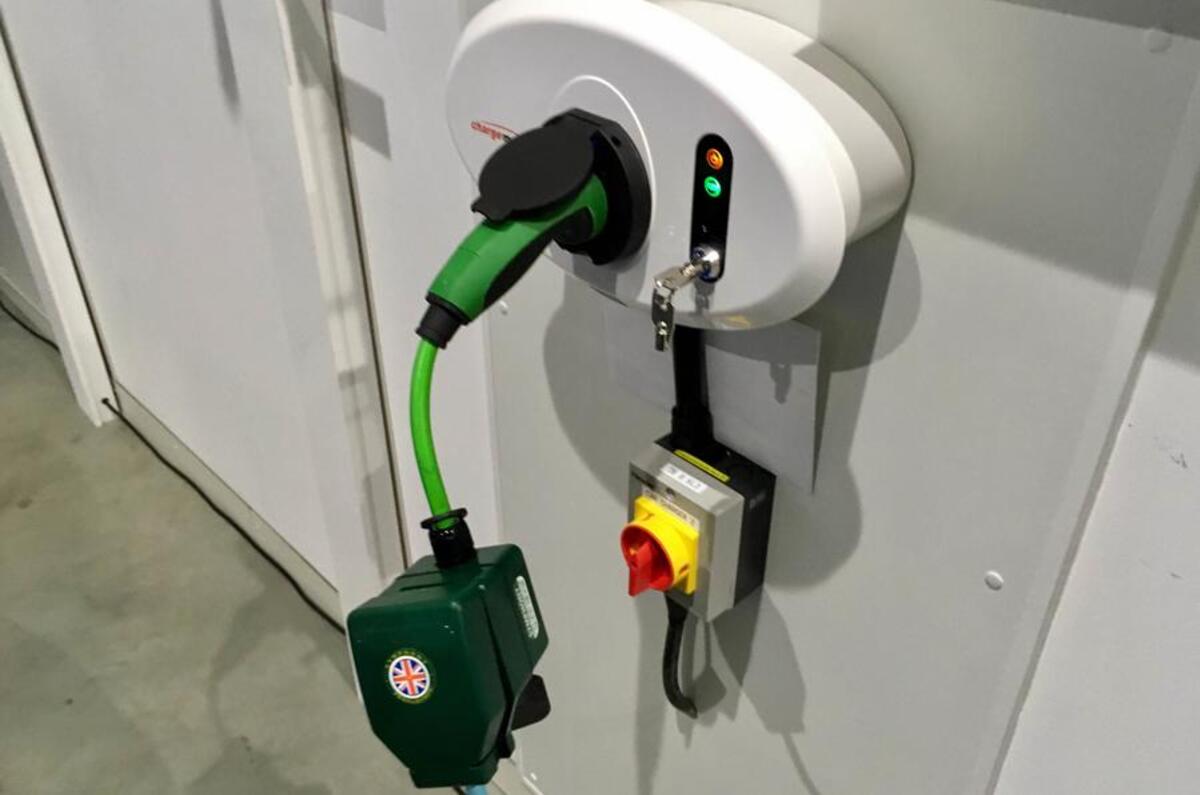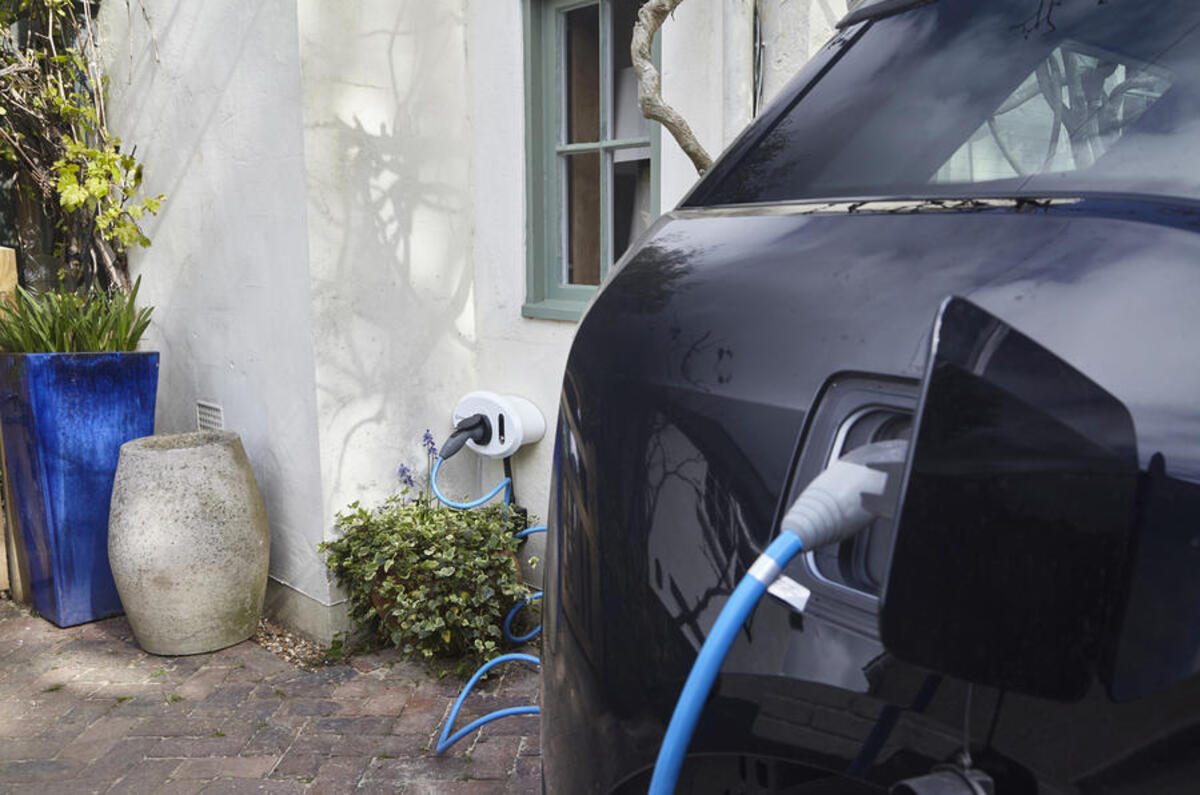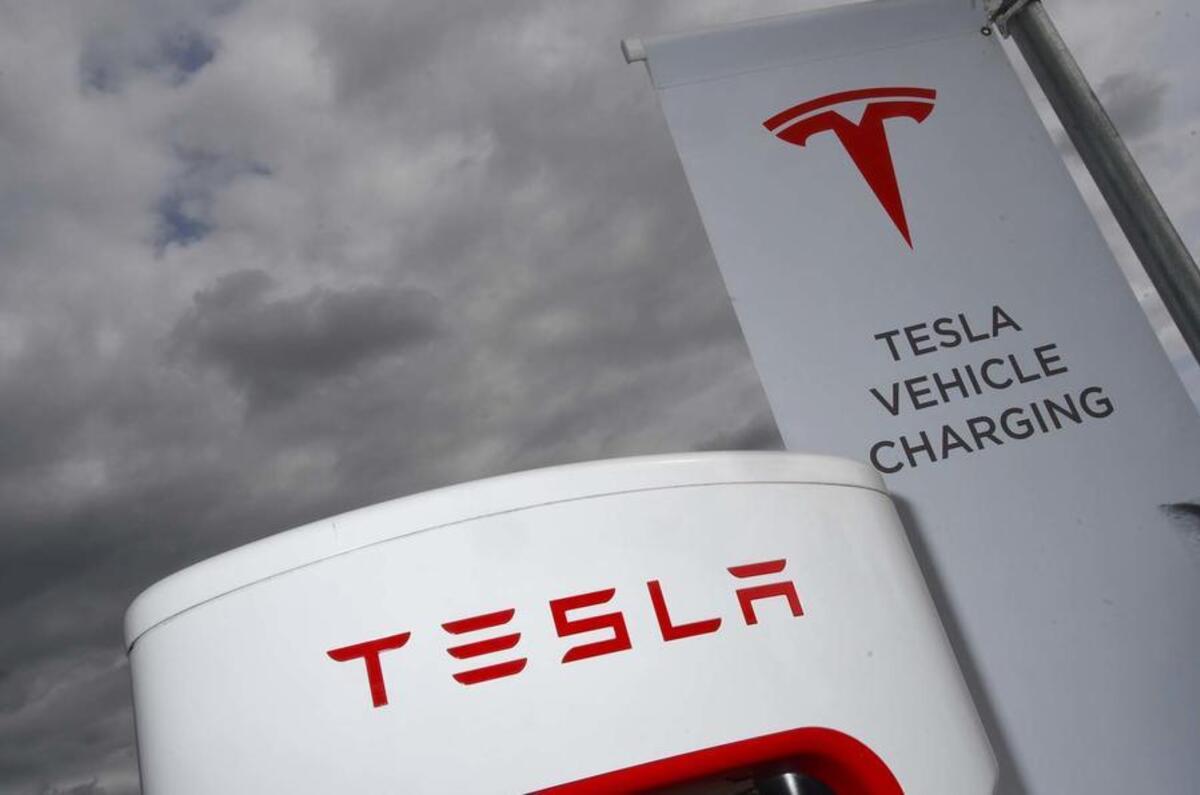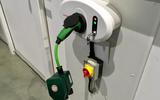For many potential EV buyers one of the most confusing aspects of ownership are the multiple charging connectors. Unlike traditional internal combustion engined cars that all use similar filler nozzles to receive their fill of fuel, with electric cars there are at least five different plugs, with various manufacturers committed to one or even two systems. However, as our handy guide shows, it’s more straightforward than it looks, and in future will likely be even more so.
Type 1 plug
This five-pin connector is used widely in North America, but in the UK and Europe it’s been largely superseded by the Type 2 variety. That said, you’ll still find it on some older EVs, such as the first generation versions of the Nissan Leaf and Kia Soul EV, while the plug-in hybrid Mitsubishi Outlander PHEV continues to use this connector. This system is only designed for AC (Alternating Current) slow and fast charging, which means it can accept anything between 3 and 7kW. And while you’re unlikely to find a tethered (charging cable permanently attached to the charger) Type 1 public charger, EVs with this system should have an adapter that allows them to be plugged into untethered charging points.
Type 2 plug
By far the most common plug in Europe, the Type 2 is sometimes referred to as the Mennekes in deference to the German company that designed the connector. Recent EU legislation means that most car manufacturers now have to fit this seven-pin plug as standard to their EV models, meaning that almost all tethered public charging points will have a Type 2 plug.
Like the Type 1, this system is designed to work with slow and fast charging. However, it can also handle the 22kW delivered by a three-phase power supply, although you’ll need to check your car can accept this rate of charge. The latest Renault Zoe can also handle charging of up to 43kW at one of the rare AC rapid charging sites, while the Tesla Model S and Model X use a modified Type 2 that allows them to charge at both the firm’s Supercharger network and at a domestic wallbox.
Unlike the Type 1 connector, the Type 2 can be locked to the car, ensuring nobody can disconnect the car while it’s charging and you're away from the vehicle.
Combination Plugs (Combined Charging System, or CCS)
The Combined Combination System, or CCS as it’s more commonly termed, is the most popular connector for DC (Direct Current) rapid charging. Most new pure EV models are fitted with this type of socket, which essentially allows you to both charge at a public DC rapid charger and a home AC unit. This is also the system that Tesla has started to adopt in Europe, making it standard on the Model 3, plus Telsa supplies a CCS adapter for the Model S and Model X so they can use this type of charger.
Essentially it combines the heavy duty 2-pin DC socket with either the 7-pin Type 2 (CCS Combo 2) or 5-pin Type 1 fixing, with the DC connector sitting below these AC plugs. When you want to top-up the battery at a rapid charging station (most will feature both types of CCS connectors), simply slot the tethered CCS connector into your car and, depending on the charger and vehicle, you can accept up to 350kW of current. However, while the CCS plug connects with both charger sockets in the car, it’s only the 2-pin element at the bottom that’s used to transfer the electricity to the battery. When you’re charging at home, simply use your Type 2 plug for the top half of the socket.

















Join the debate
Add your comment
You shouldn't be plugging into outlets where this is true. Limit where you plug in to locations where the current be delivered to the vehicle is less then or equal to 80% of the available ampacity.
a 12 amp evse needs to be alone if connected to a 15 amp breaker/wire combination. 16 amp needs a 20 amp breaker/wire. 40 amp needs 50 amp breaker/wire.
The ev charger cable is just like any other piece of electronics. If you are ysing it properly, the wires in your home won't be damaged.
Wot no pictures?
They would make it a bit easier to understand.
BTW - the captcha was wrong! It asked for "traffic lights" but would not let me in until I ticked a pedestrian crossing light.